
Sir Run Run Shaw, also known as Shao Yifu and Siu Yat-fu, was a Hong Kong businessman, filmmaker, and philanthropist. He was one of the foremost influential movie moguls in the East Asian and Hong Kong entertainment industry. He founded the Shaw Brothers Studio, one of the largest film production companies in Hong Kong, and TVB, the dominant television company in Hong Kong.

Wong Peng Soon, was a Malayan/Singaporean badminton player who reigned as a top player in Malaya from the 1930s to the 1950s when it was a single nation. Noted for his smooth but powerful strokes and graceful footwork, he won the singles title seven times in Singapore and eight times in Malaya during this period, as well as being the top player in the All England, the Danish Open, the Indian and Philippines championships to name a few.

Shaw Organisation is a film distribution company and cinema chain founded by brothers Runme Shaw and Run Run Shaw who went to Singapore in the 1920s to expand their family business founded by Runje Shaw. The company originally operated as a distributor for the Shaw brothers' Tianyi Film Company in Shanghai. Run Run Shaw later moved to Hong Kong in the 1950s to run Shaw Brothers Studio, whilst Runme Shaw stayed in Singapore to continue Shaw Organisation's operations. Unlike Tianyi, Shaw Organisation does not produce films but distribute them in their theatre's.

Joo Chiat Road is a road in Joo Chiat District and a residential conservation area located in the east coast of Singapore.

Runme Shaw, K.St.J was the chairman and founder of the Shaw Organisation of Singapore. Runme Shaw and his brother, Run Run Shaw, together known as the Shaw Brothers, were pioneers in the film and entertainment industry in Singapore and Malaya, and brought to life the movie industry in Asia, especially the Southeast Asian region.
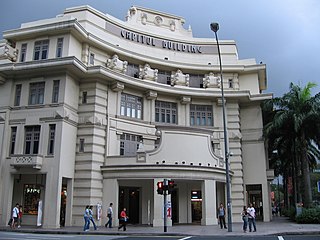
Capitol Building, formerly Shaws Building and Namazie Mansions, is a historic building at the junction of North Bridge Road and Stamford Road in the Downtown Core of Singapore. The building had since redeveloped along with adjoined Stamford House and both were reopened as a hotel The Capitol Kempinski Hotel Singapore in October 2018.
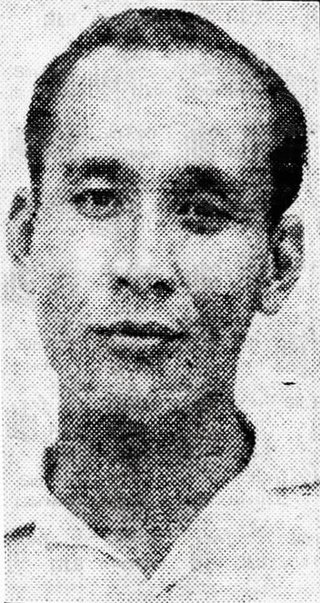
Ong Poh Lim was a Malayan/Singaporean badminton player who had won numerous national and international titles from the late 1940s to the early 1960s. Known for his quickness and his aggressive, unorthodox playing style, Ong won many singles and doubles titles, including the All-England, Danish, French, Malayan, Singapore and Thomas Cup championships in the 1940s and 1950s. He also invented the backhand flick serve known as the “crocodile serve”, a tactic that had been routinely used in the modern game. Ong was a keen rival to badminton legend Wong Peng Soon.
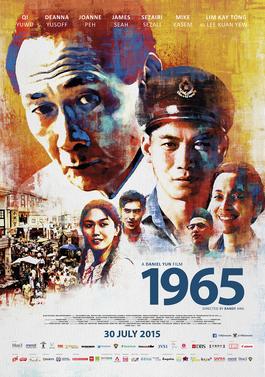
1965 is a 2015 Singaporean historical thriller film directed by Randy Ang and co-directed by Daniel Yun. The film was released to commemorate Singapore's fifty years of independence and was released in cinemas on 30 July 2015. It stars Qi Yuwu, Deanna Yusoff, Joanne Peh, James Seah, Sezairi Sezali, Mike Kasem, and Lim Kay Tong as Singapore's founding prime minister Lee Kuan Yew.

Capitol Theatre, briefly Kyo-Ei Gekijo, is a historic cinema and theatre located in Singapore. It was adjoined to four-storey building known as the Capitol Building. The Capitol Theatre was considered one of Singapore's finest theatres in the 1930s during that time.
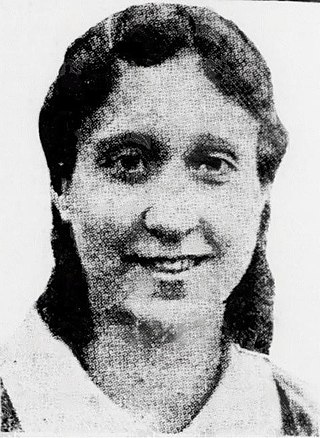
Alice Edith Wilhelmina Pennefather was a Singaporean sportwoman who excelled in various sports such as badminton, field hockey, netball, and tennis. In 2016, she was inducted into the Singapore Women's Hall of Fame, maintained by the Singapore Council of Women's Organisations.

Katong Park is neighborhood park located in Katong, Singapore at the junction of Meyer Road and Fort Road. Built in the 1930s above the buried remains of Fort Tanjong Katong, it was one of Singapore’s oldest parks with the first public bathing pagar and was highly popular with families during the weekends. After the coastal reclamation works in the 1970s, the park lost its sea frontage and declined greatly in popularity. It now remains as a small community park serving nearby residents.
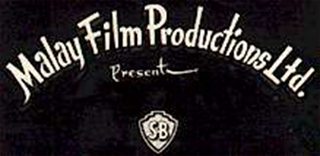
The Malay Film Productions Ltd., also known as the Shaw Studio, is a former film studio located on Jalan Ampas in Balestier, Singapore. The studio operated from 1947 to 1969 with more than 150 movies produced, and was a major contributor to Singapore's "golden age" of Malay cinema. Many of the films are critically acclaimed, a significant number of which involved P. Ramlee as actor, director, writer or composer.
The Chinese Commercial Bank was a Malayan bank established in Singapore in 1912. It was also the first Hokkien bank in Singapore. In 1932, the bank was merged with Ho Hong Bank and Oversea-Chinese Bank to form the Oversea-Chinese Banking Corporation.
The 1930 Singapore Open, also known as the 1930 Singapore Badminton Championships, took place from 5 July – 27 September 1930 at the S.V.C Drill Hall in City Hall, Singapore. The ties were played over a few months with the first round ties being played on the 5th of July and the last tie was played on the 27th of September. There were no women-related competitions being held due to the lack of entries.
The following lists events that happened during 2023 in the Republic of Singapore.

Edwin Joseph Vass, was a Singaporean badminton player who reigned supreme in Singapore and Malaya from the 1920s to the mid-1930s. He was regarded as one of Singapore's badminton pioneers and the nation first high-level badminton champion. Known for his courtcraft, mastery of strokes and precise shot placement, he won the Singapore Open singles title five times and remained unbeaten in that event up until his retirement. Vass's rivals during his active playing career were See Gim Hock and Selangor's A. S. Samuel, a semi-finalist at the All England in 1939.

Meyer Road is a primary access street in Katong, Singapore. Named in 1921 after Sir Manasseh Meyer, it stretches from Tanjong Rhu Road to Tanjong Katong Road at a length of 1.4km. It is connected to many prominent past and present landmarks such as Katong Park and formerly the Crescent Flats and Meyer Flats as well as Katong Park Hotel. It is nicknamed "the Little India of East Coast" due to the large number of Indian residents living there.
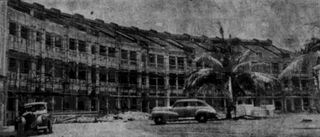
Crescent Flats, also known as The Crescent, was an apartment building on Meyer Road in Katong, Singapore. Completed in 1912, it is believed to have been the first apartment building built in Singapore. Designed by Regent Alfred John Bidwell for Manasseh Meyer, both the building and the neighbouring Meyer Flats, built as a companion block, were demolished to make way for a condominium project.

Sea View Hotel was a prominent hotel on Meyer Road in Singapore. Opened in 1906, it was converted from a bungalow owned by businessman Sir Manasseh Meyer, the road's namesake. In 1923, the hotel came under the ownership of the Sarkies Brothers, prominent hoteliers, after which it received extensive refurbishments. In its heyday in the 1930s, it was popular, especially with those who had recently recovered from an illness. The hotel suffered from several strikes in its final years of operation. It closed in 1964, after which it was demolished. Another hotel, also named Sea View Hotel, opened near the former premises of the original hotel in 1969.
















